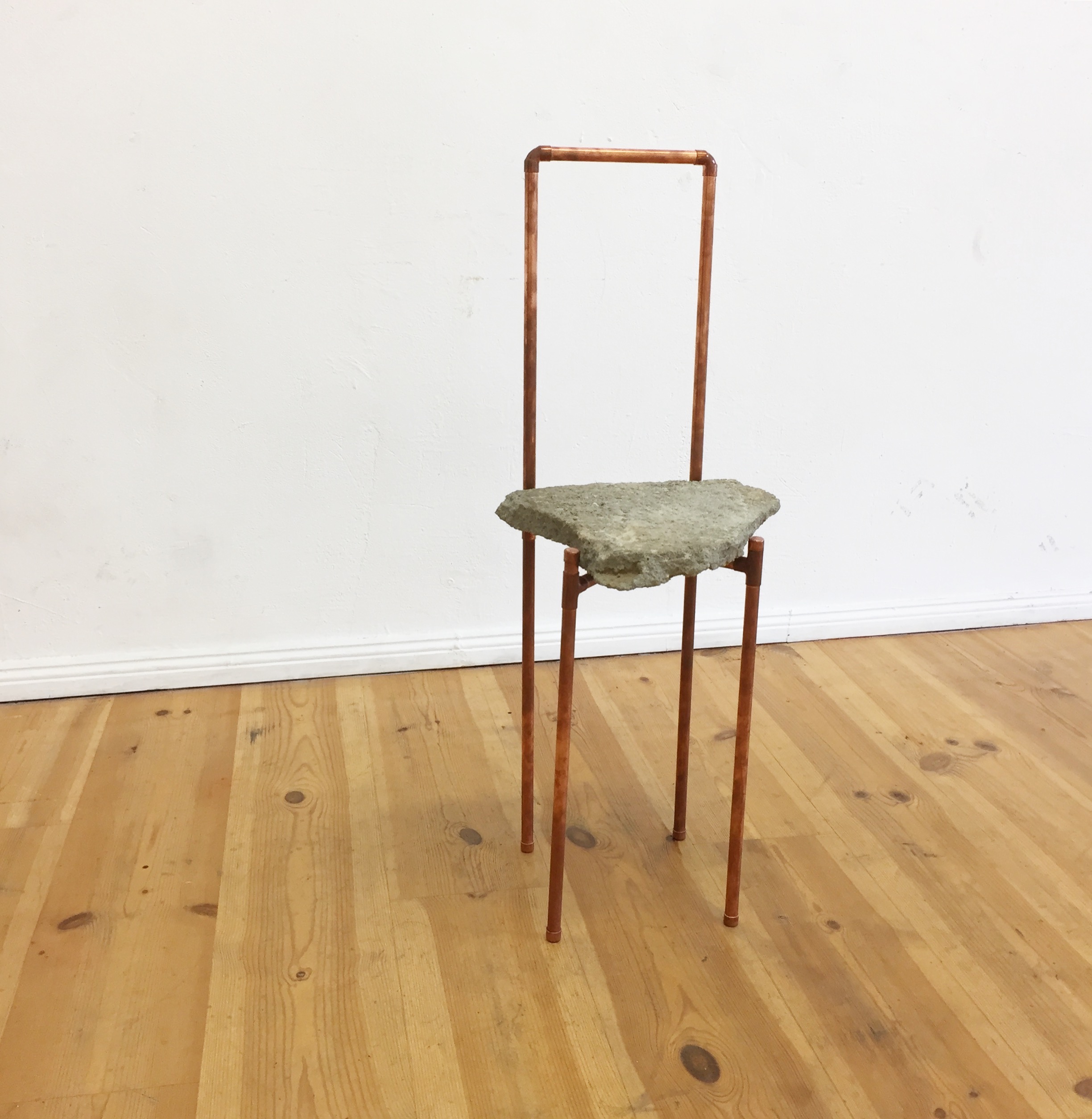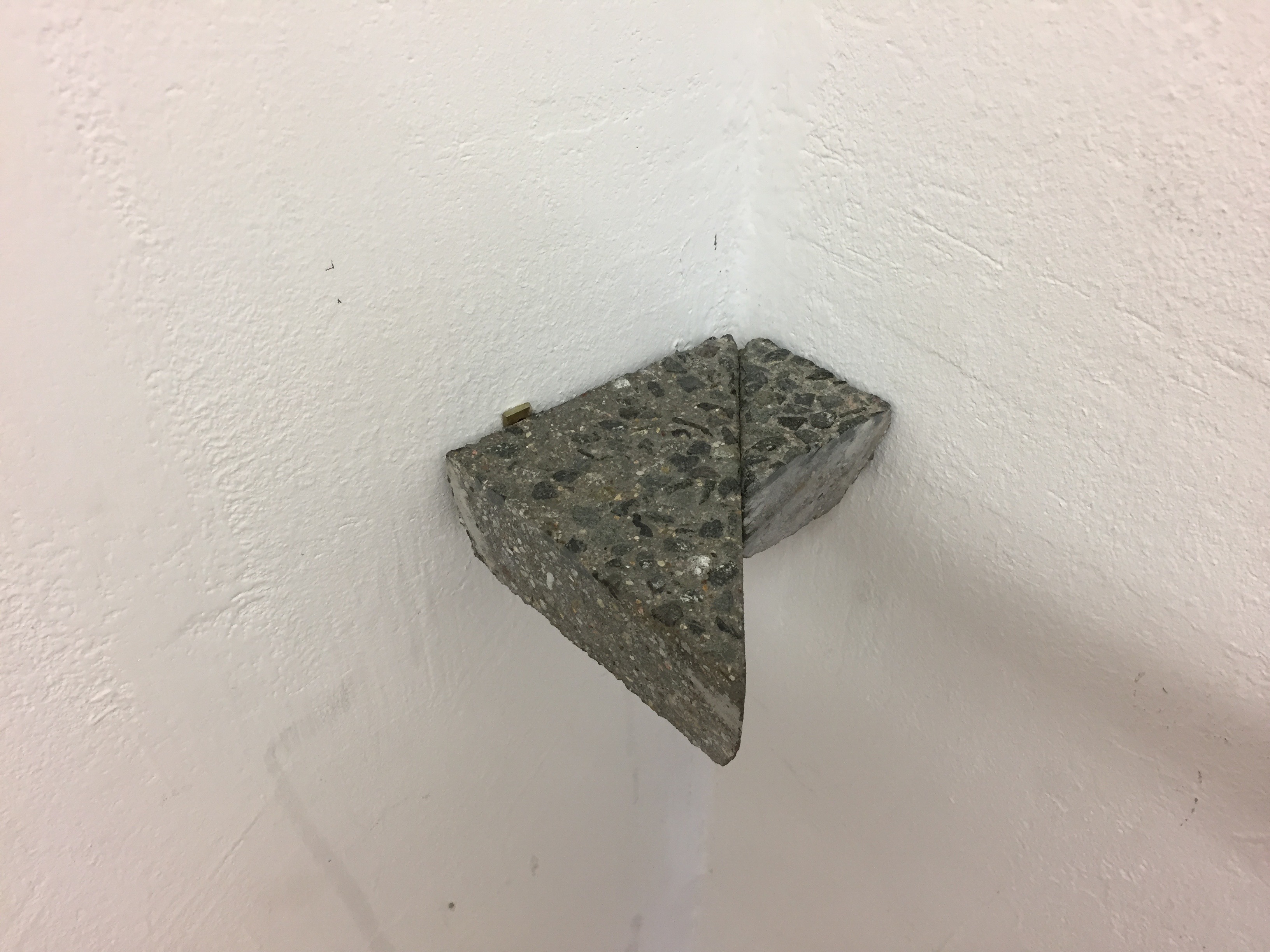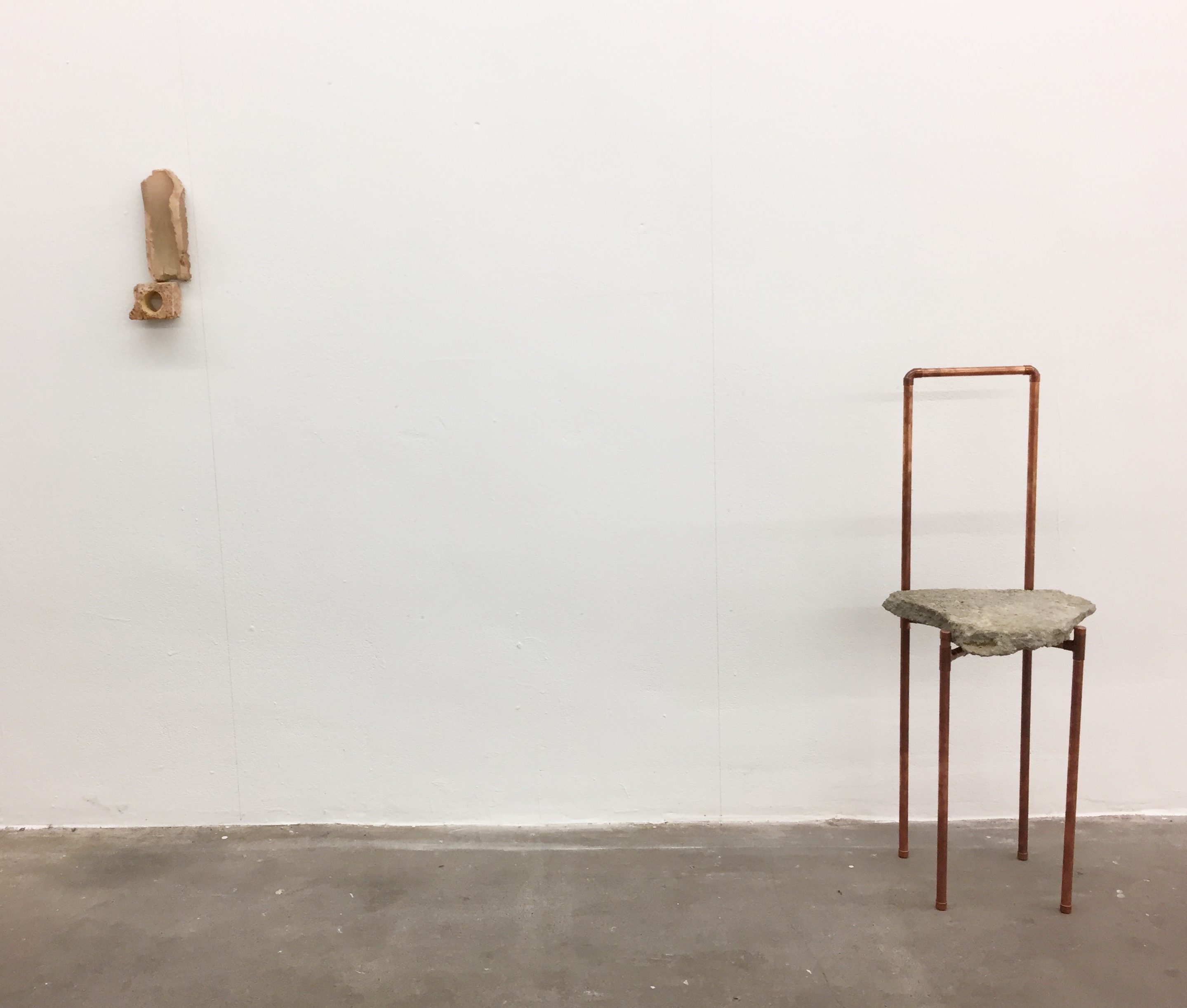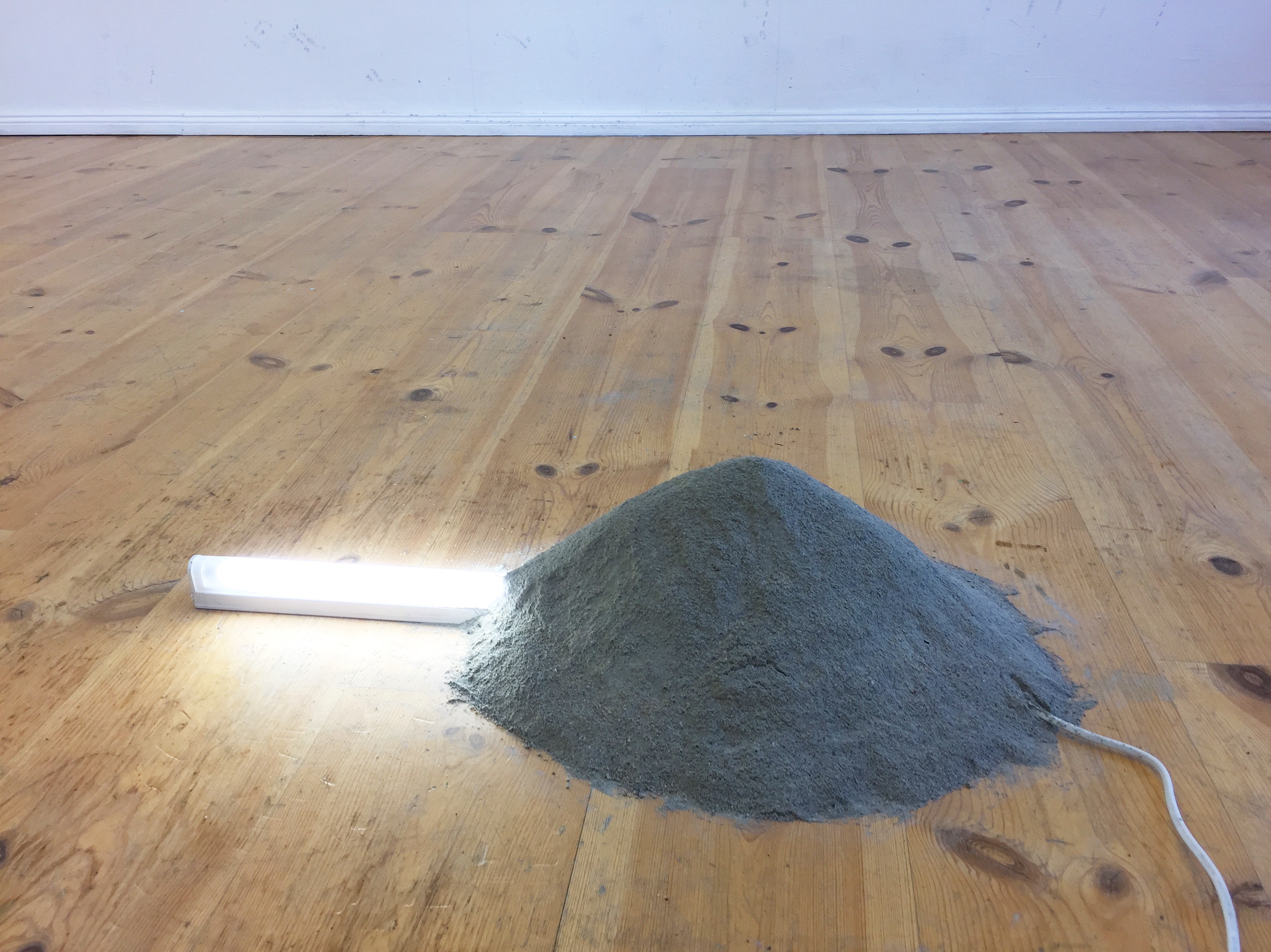FROM STIMULATION TO SIMULATION
This project was presented in Zentrale Berlin, as part of the residency with Institut für Alles Mögliche (September 2017). Some pieces were also part of the collective exhibition "Good Friends" in the gallery Kunst Punkt Berlin (November 2017).
CONTEMPORARY RUINS AS COMMON OBJECTS
PART I
Berlin 2017
various materials
Since the experience of the construction bubble and its following disaster, the role of the contemporary ruins in the Spanish landscape has become a fundamental issue when talking about architecture, landscape and urbanism.
The ruin as an object and as architecture, as thing and as space, has different roles and meanings but all of them have traditionally revolved around the evocation of the past and the symbolization of the passing of time. Nowadays, although the antique and classic ruins maintain the romantic image in our culture, it has appeared a new part associated with the contemporary ruin, linked to the consequences of a fierce capitalism, to the extreme consumption and its resulting creation of waste. In this context, we understand that the mad years of the construction bubble were a constant “stimulation of ruins”, since there were endless construction projects all over the country whose sense and function was not clear in the same moment of its creation. We are using this background to research the ruin as an everyday object, moving its presence in the landscape to the personal territory and making an homage to this usual element that has an ambiguous and changing sense but whose relevance and mark in our culture is permanent. By moving the ruin from the outside landscape to the interior spaces of the normal life we have tried to assumed this characteristic of our patrimony and landscape, not as a drama nor as a triumph, but just as a legacy that we have to deal with. We have wanted to research these symbols of the chaos and decay to build with these elements new objects, and to design and create these new “simulated ruins”.
With this simulation our aim is to create a space in where the spectator sees him or herself in the middle of a room surrounded by different objects that does not really identify but nevertheless can establish a link between them and regular things that can be found at any home. This sensation of recognition and strangeness at the same time is the atmosphere we have tried to create with this “simulation” of ruins since it is the same feeling that provokes us the presence of the “stimulated” ruins: something familiar and odd simultaneously.











